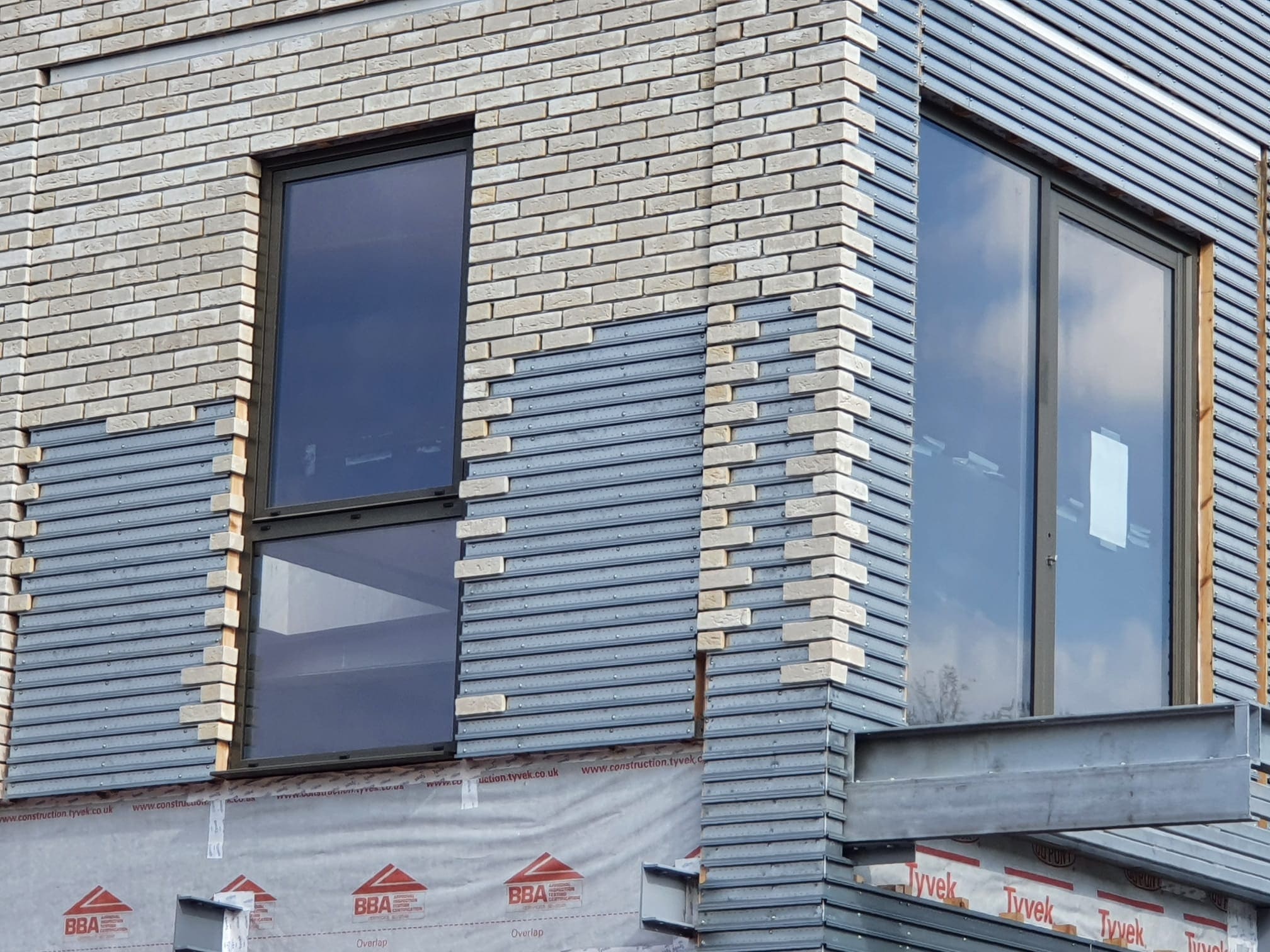 73
73
 0
0
UK Expects a Surge in Older Renters in the Next Few Years
According to recent research, the number of older renters in England is expected to increase rapidly over the next decade. (Source: Hamptons Letting Agency).
A Shift in Homeownership Patterns
While homeownership rates among households aged 65 and above are currently high, there has been a substantial rise in the total number of older households. Consequently, the number of renting households aged 65 in England is expected to double by 2030. Approximately 400,000 older households are renting in England, which is expected to exceed one million by 2033. The trend indicates a shift in homeownership patterns, as the next age group (55 to 64 years old) is almost twice as likely to rent privately.
The Rising Proportion of Over-65s Renting
Even if homeownership rates remain the same, demographic changes imply that the proportion of over-65s renting will rise to 11.5 percent within a decade. A key reason for this shift is that fewer people reaching retirement age can own their homes. As a result of the growing number of older renters, the annual rental spending by households aged 65 and above is predicted to increase from £5.1 billion to £12.7 billion by 2033.
Interesting Data About Renters
Here are some interesting data points about renters:
- Renters of all ages collectively pay approximately £69.0 billion in rent each year.
- 78 percent of households aged 65 and above own their homes outright.
- The number of renters in this age group surpassed those with mortgages back in 2010.
- Households aged 65 and above with mortgages pay around £1.8 billion annually in repayments at present. This is less than half the amount spent on rent.
Declining Homeownership Among Older Generations
The increase in older renters reflects the gradual decline in homeownership rates since the post-World War II era. Younger generations who were unable to cash in on the homeownership boom will most likely rely on renting at retirement. The recent rise in mortgage rates puts the ability to buy a home later in life beyond the reach of many people. It is a fact that it becomes more difficult to enter the housing market after the age of 40. The growing mortgage rates intensify this challenge, as it becomes harder to stretch the mortgage term and reduce monthly payments, especially in the early years.
Challenges and Opportunities in Later Living Developments
At Ringley, we are advising several clients and testing models for both pepper-potted later living and purpose-built developments. The challenge is that as of today, most later living is focused on those aged 80 and above, with premium rents for those divesting and selling up to simplify life to one-bill living. The biggest barrier to this is the children ("the inheritees") who prefer to defer endorsing such a move until essential.
In terms of what type of stock is needed, the biggest demand will be for affordable later living. However, it is hard to make these numbers work, as properties need to be adaptive, with added features like emergency call points, and the staffing metrics often increase operating expenses (OpEx) too.





Meet our Expert Property Commentators



























